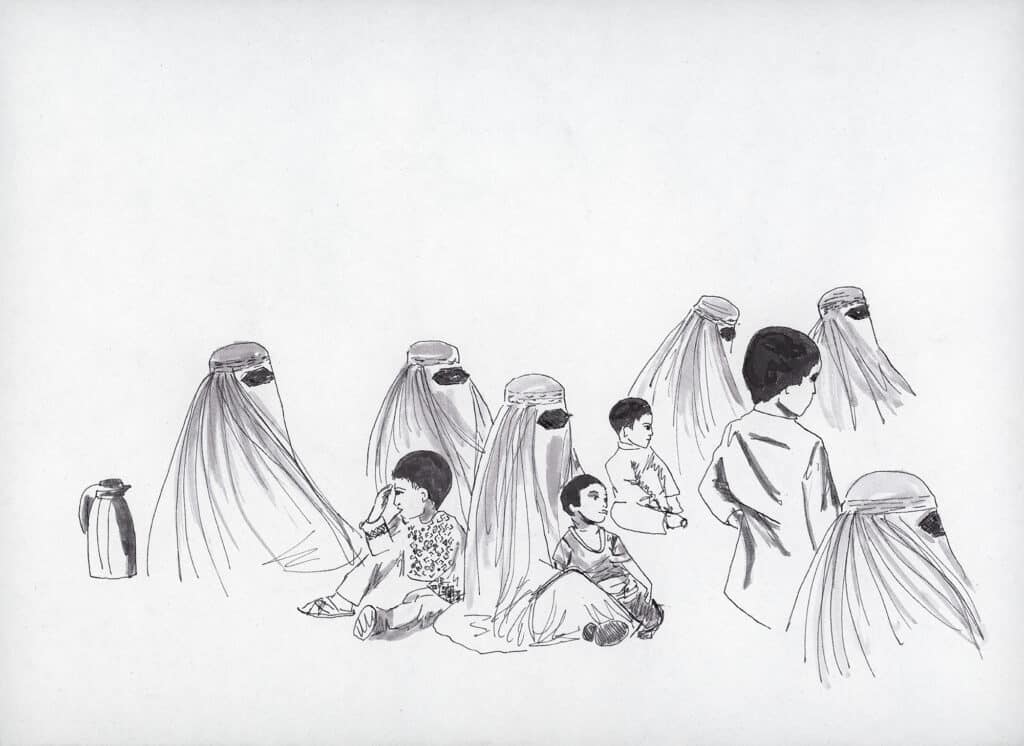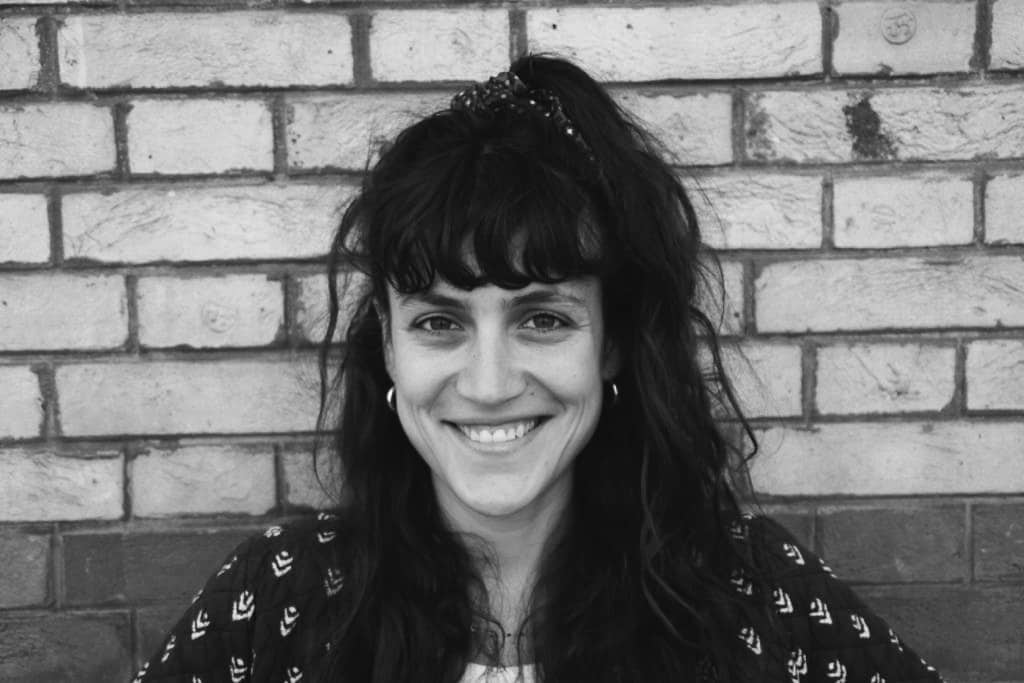In Kabul, plastic mannequins in shop windows have their heads cut off or covered. Girls are bartered in exchange for wells or solar panels; others, sometimes the same girls, risk crossing checkpoints to attend secret schools. These stark realities form the basis of the work by Canadian-Iranian photojournalist Kiana Hayeri and French researcher Mélissa Cornet, who won the Carmignac Photojournalism Award.
Between January and May 2024, Cornet and Hayeri met with around one hundred Afghan women and girls, documenting their gradual exclusion from all public spaces—schools, universities, workplaces, public baths, parks, and even beauty salons—since the Taliban’s return to power in August 2021. Their collective work is showcased in the No Woman’s Land exhibition, currently displayed at the Réfectoire des Cordeliers in Paris and, from October 31 to December 18, 2024, at Port de Solférino. Afterward, the exhibition will tour internationally, including a stop at The Hague during the General Assembly of the International Criminal Court.
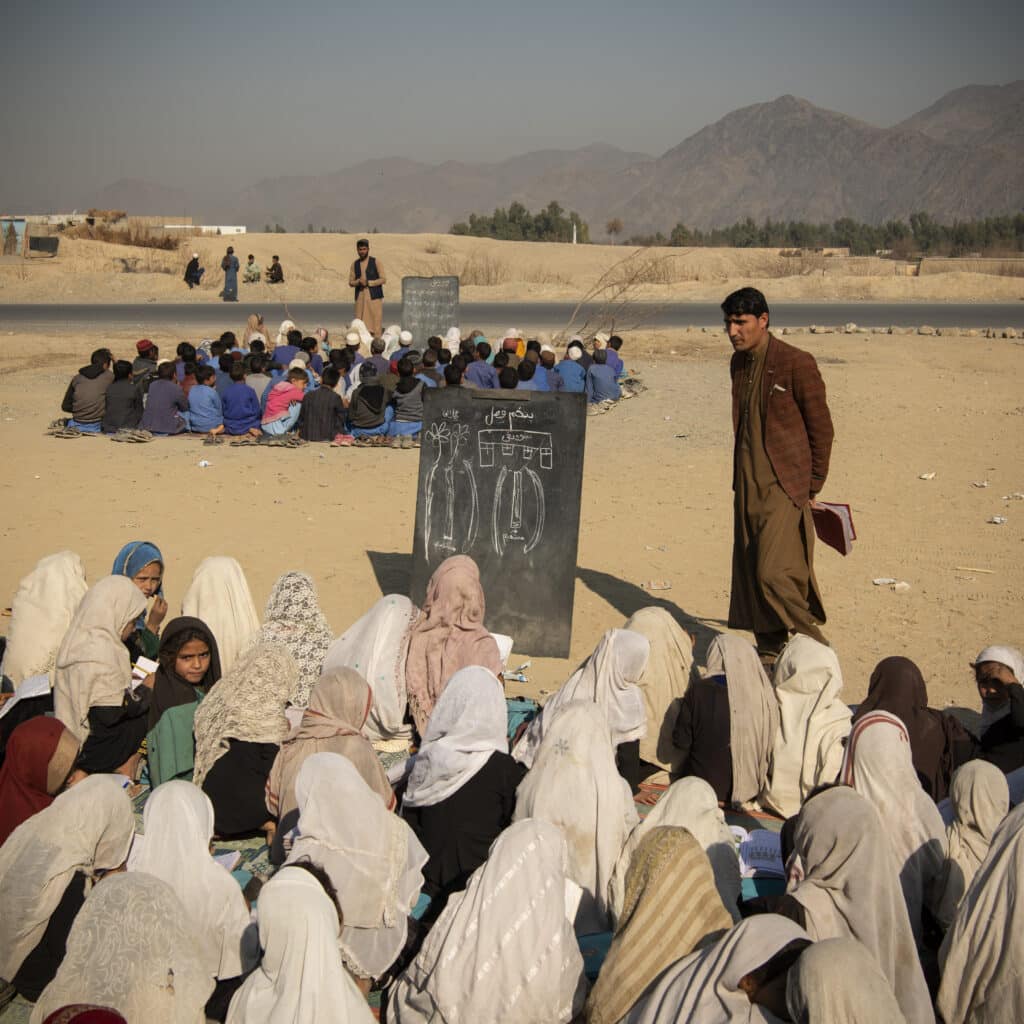
Cornet and Hayeri, who have worked extensively in Afghanistan, built strong relationships of trust with their subjects, gaining rare access to intimate spaces. For instance, they attended birthday parties where teenage girls, for a few hours, defied bans on music and dance. “Most of the photographs are taken indoors, where they feel free to be themselves,” says Mélissa Cornet. “It was essential for us to portray the moments of joy and resilience these women create for themselves, moving beyond the stereotypical image of burkha-clad women begging. These realities do exist, but we wanted to honor these women’s dignity and take photos that make them happy.”
The exhibition’s thoughtful scenography underscores the spatial segregation endured by Afghan women. Alice de Bortoli and her collective, Ortiche, designed partitions forming small, semi-enclosed spaces accessible by parting a curtain. Some openings reveal large photos of street scenes, placing viewers, for a moment, in the perspective of women who can only see the street from behind their windows. “We used neon lights, which are prevalent in the streets, to illuminate the women’s faces indoors,” explains Hayeri. “This blending of light helped blur boundaries, bringing them symbolically into forbidden spaces.”
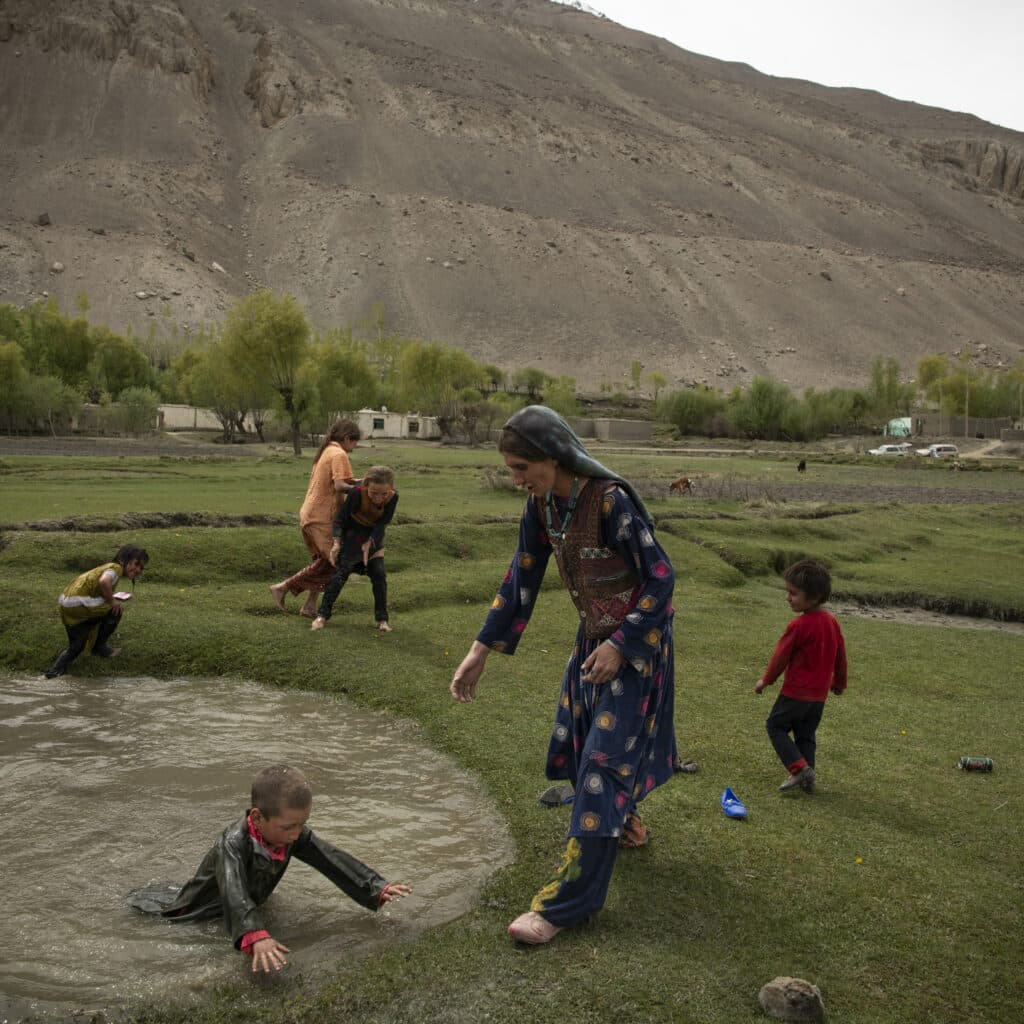
Featuring sketches, photos, and video, No Woman’s Land utilizes diverse formats. At the back of the room, large veils undulate, adorned with majestic images of Afghan landscapes. “We had to climb a hilltop to photograph this lake, a place for gathering and socializing, where we were denied access,” notes Cornet, gesturing toward one of the images. Nearby, a video installation presents testimonies from different generations on their memories of the first Taliban regime. “Today’s Taliban may be more adept communicators, but decisions still rest with an ultra-conservative core,” she observes. “Nothing has changed.”
The video installation also captures silent faces, alluding to the current law forbidding women from speaking in public. Also displayed are Cornet’s sketches and an art project carried out in collaboration with a class that has since disbanded. The photographs show women posing in front of canvases illustrating their chosen careers. “They painted what they dreamed of achieving, though they knew it was beyond reach,” says Cornet, visibly moved.
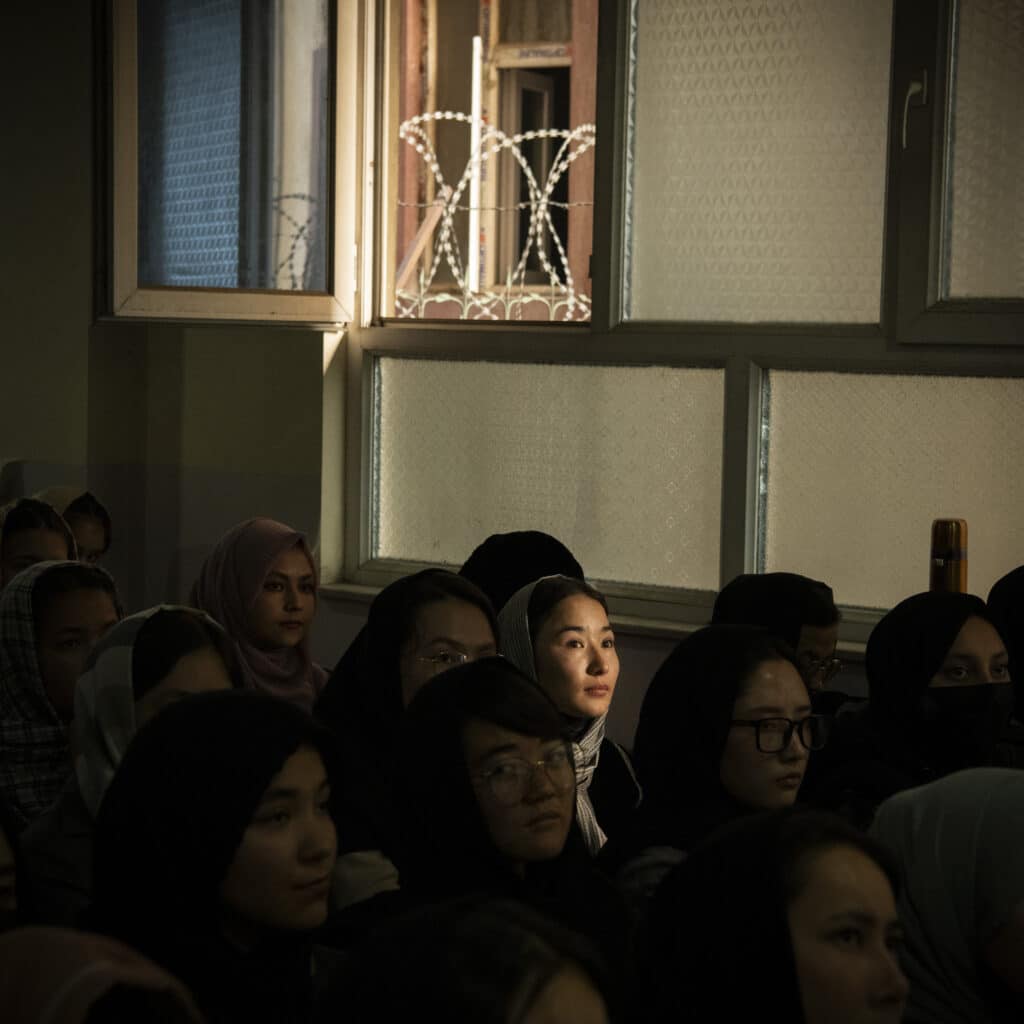
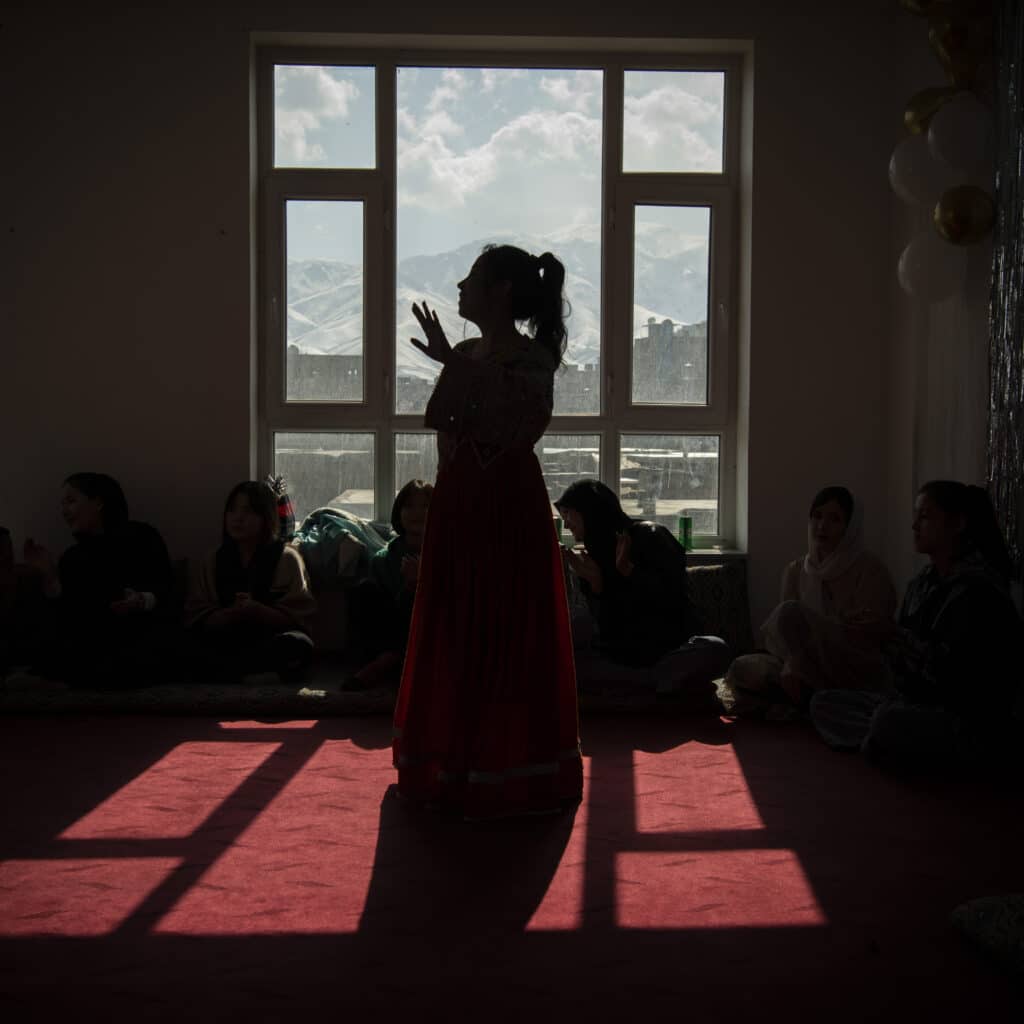
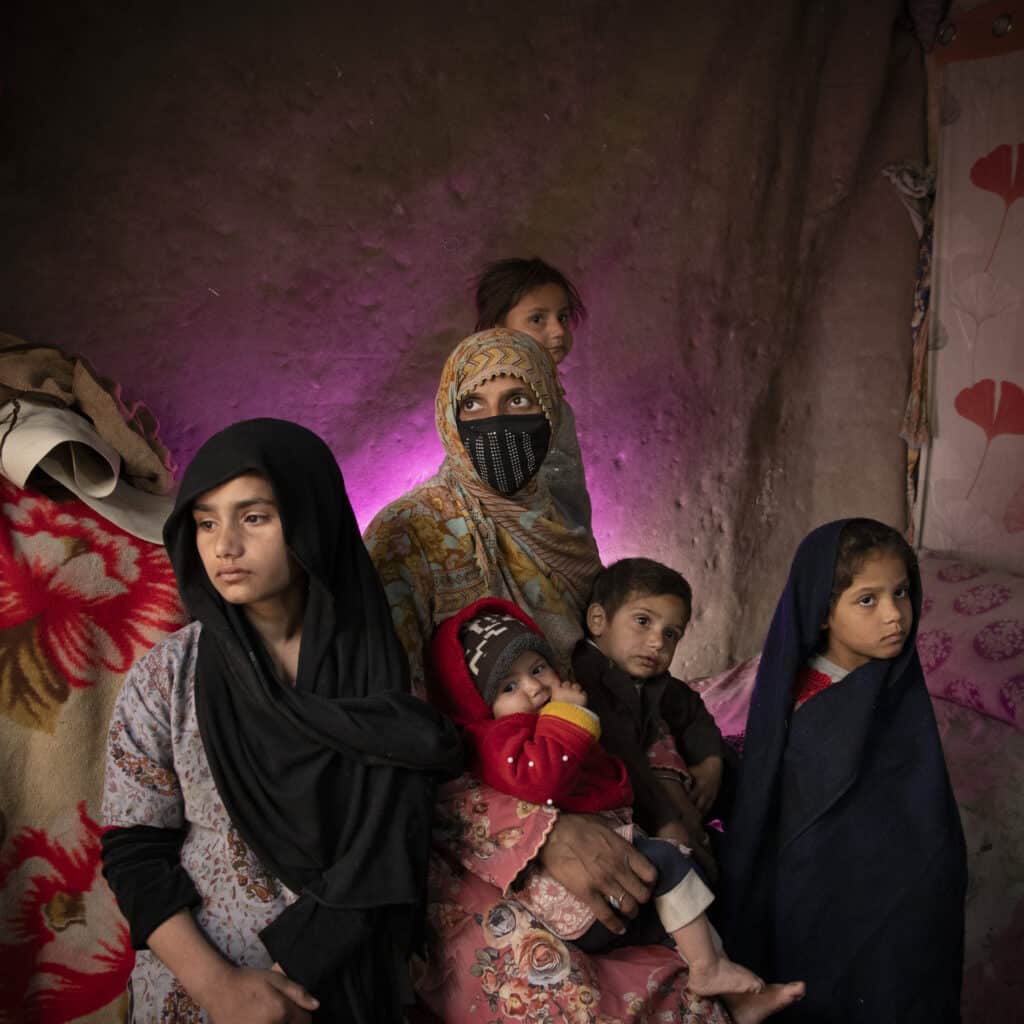
The disparities are stark. Amnesty International has described the situation as gender apartheid, which could amount to a crime against humanity. “When food is scarce, boys are fed first,” says Shugerfah, a nurse working in a malnutrition ward for an NGO. Denied access to education, Afghan girls must rely on clandestine schools if they want to continue their studies.
The stakes are critical. Without intervention, Afghanistan risks losing its female doctors, lawyers, teachers, and nurses. “In a society where male doctors cannot treat women, the lack of female professionals will only deepen women’s suffering,” Cornet emphasizes. Yet, as risks rise, motivation wanes. While seventeen-year-old Razia continues attending classes—even after a suicide bombing left her in a wheelchair—her younger sister, who was only eleven when the Taliban took over, no longer sees a reason to keep fighting.
Cornet and Hayeri also sought to honor women activists who operate at the margins. A band of light falls across the faces of journalists, symbolizing their crucial role as trailblazers. The artists aimed to document LGBTQIA+ experiences as well, yet the risks proved too severe.
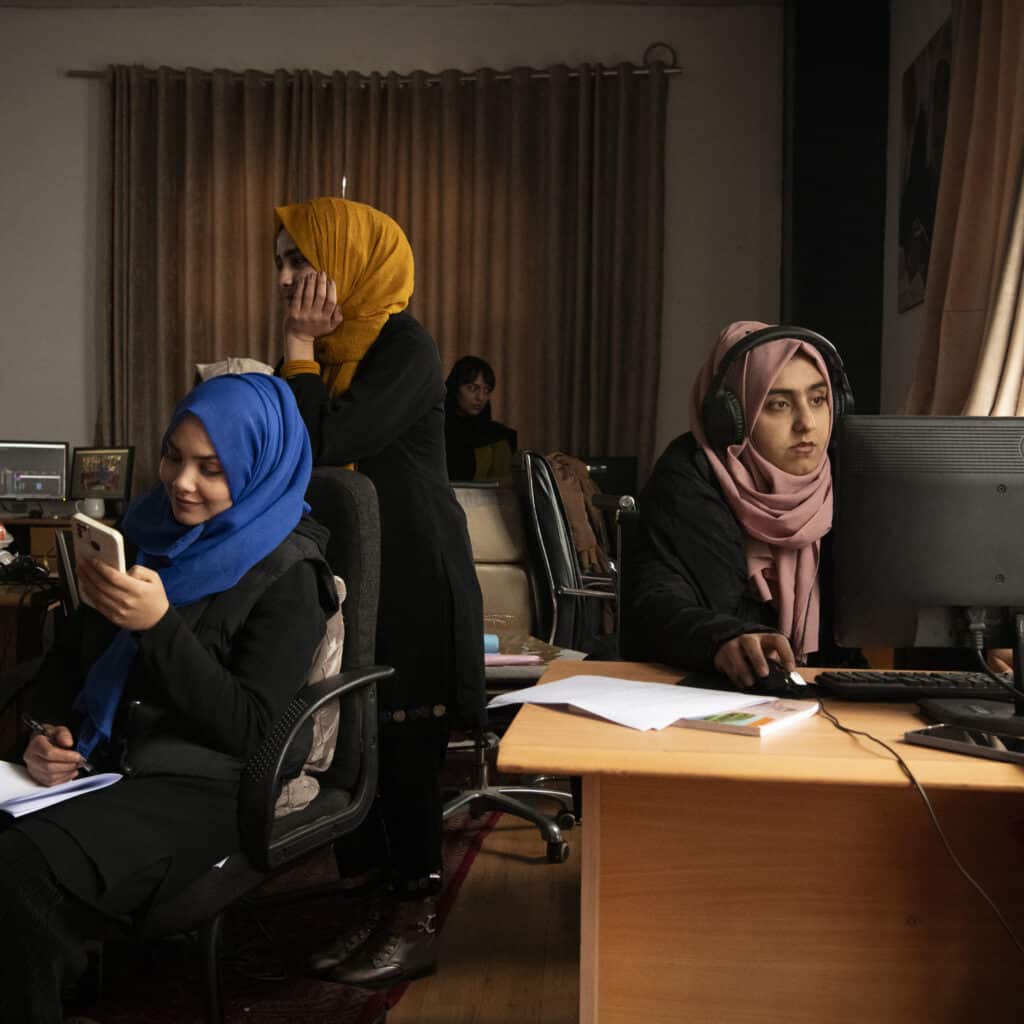
The two prizewinners emphasize that this report would not be possible today, as restrictions have tightened with each passing month. “The Taliban have effectively delegated control of women to the men around them,” explains Cornet. “Through ideology or fear, these men enforce the rules themselves. One decree, for instance, states that if a woman fails to wear a hijab, her male chaperone is to bear the punishment.” This policy places undue pressure on men while further infantilizing women.
With deep knowledge of the country, Cornet and Hayeri endeavored to capture the disparities across Afghanistan’s seven provinces, far beyond the confines of the capital. “The south and east are much more conservative. Many of the Taliban’s new rules had already been enforced there,” notes Cornet. Making the situation worse is the economic crisis, which has given rise to numerous camps for displaced persons as Afghan families expelled from Pakistan have nowhere to go. Forced back to their home country, these refugees lack basic resources.
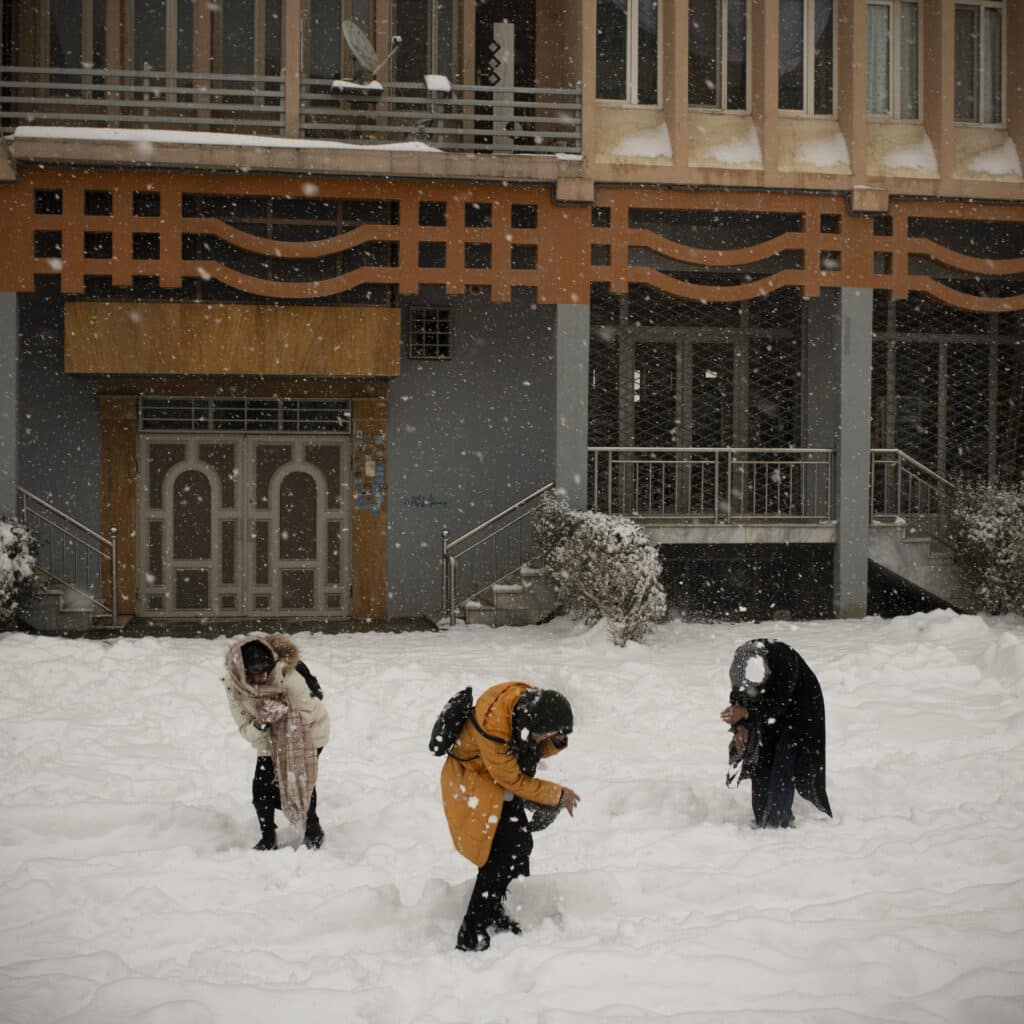
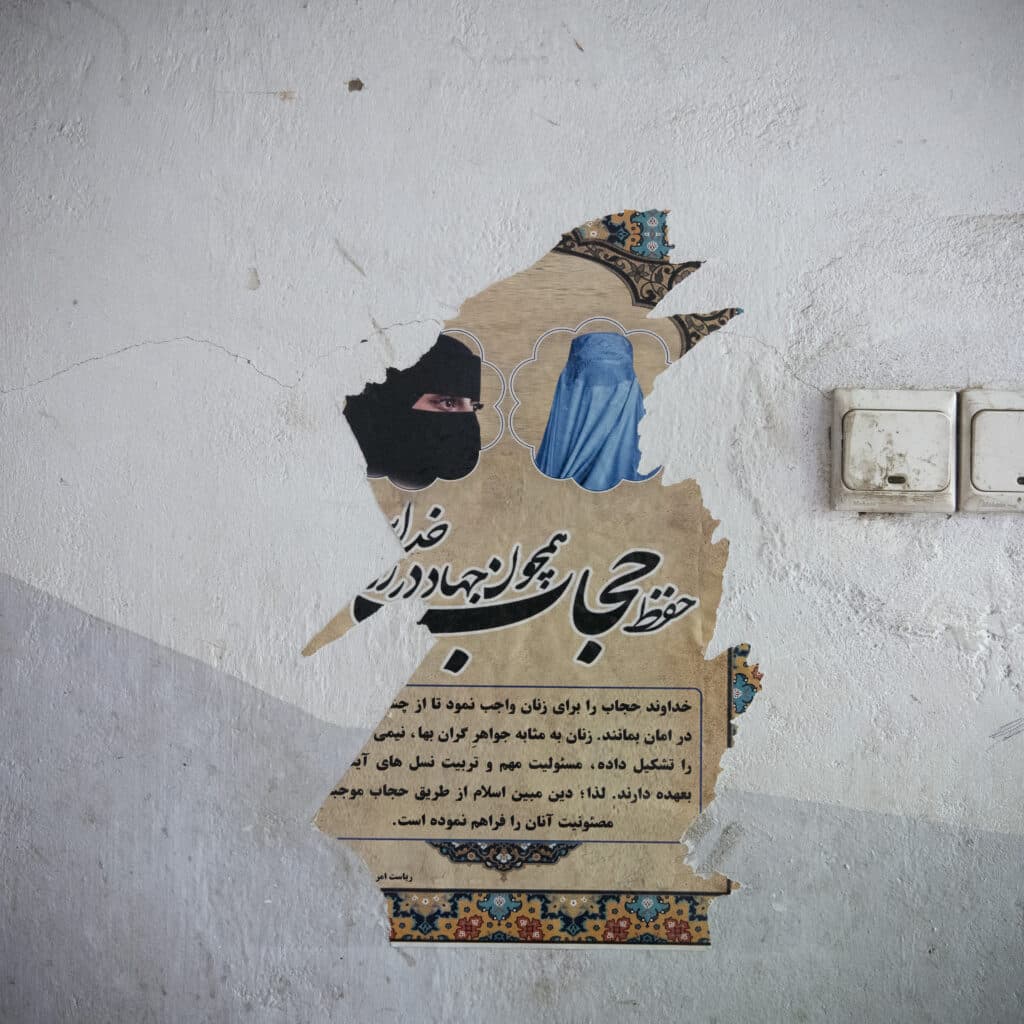
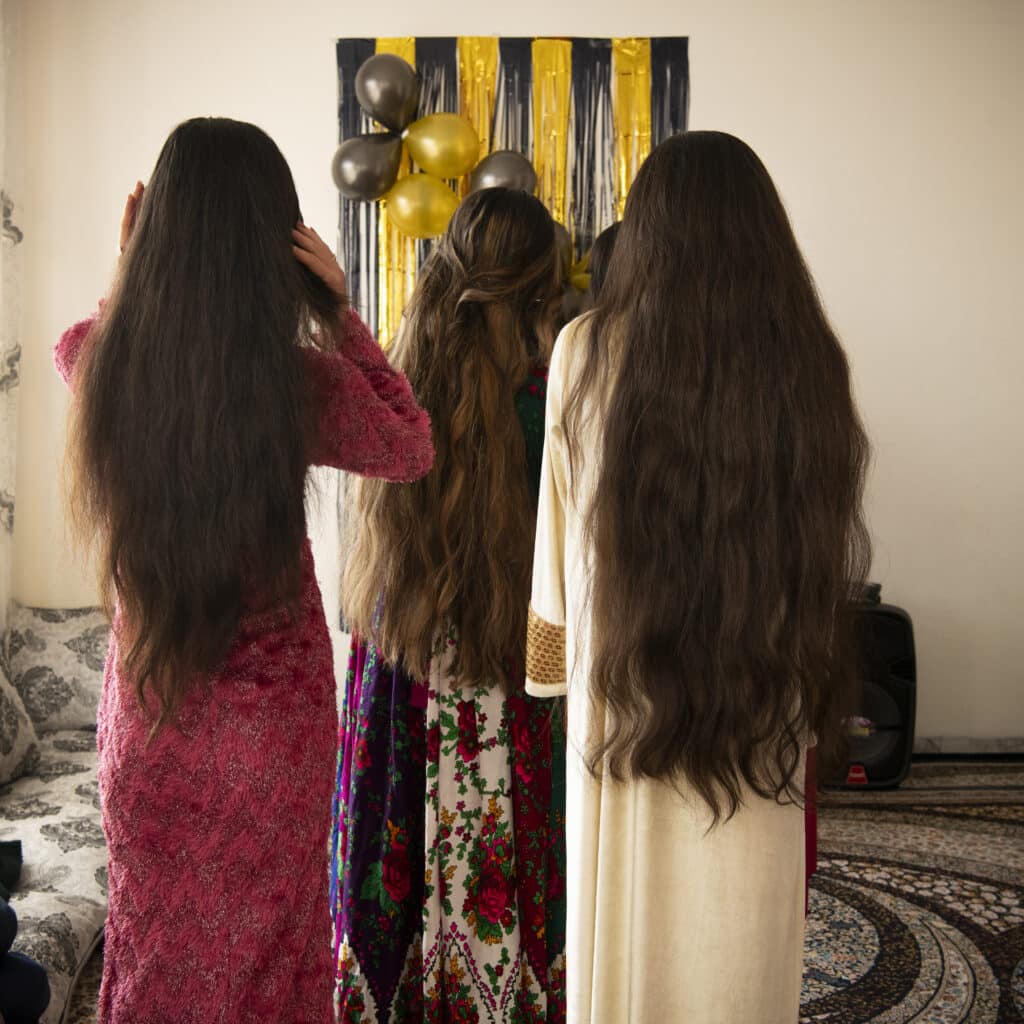
Amid this multifaceted crisis, the international community has failed to meet the need: frozen aid is compounded by ineffective sanctions and policies that primarily harm those already vulnerable. “Exhausted by years of conflict, Afghans crave stability; even with the Taliban in control, few consider civil war an acceptable path,” reflects Cornet. We must remain hopeful that conditions favorable to peaceful change will emerge.
“No Woman’s Land”, by Mélissa Cornet and Kiana Hayeri, is on show until November 18, 2024 at the Réfectoire des Cordeliers, and from October 31 to December 18, 2024 on the docks of the Port de Solférino, Paris.
Find out more about the Carmignac photojournalism Award here.

